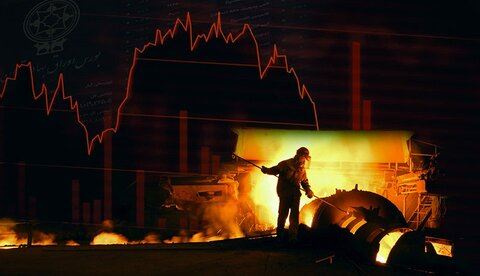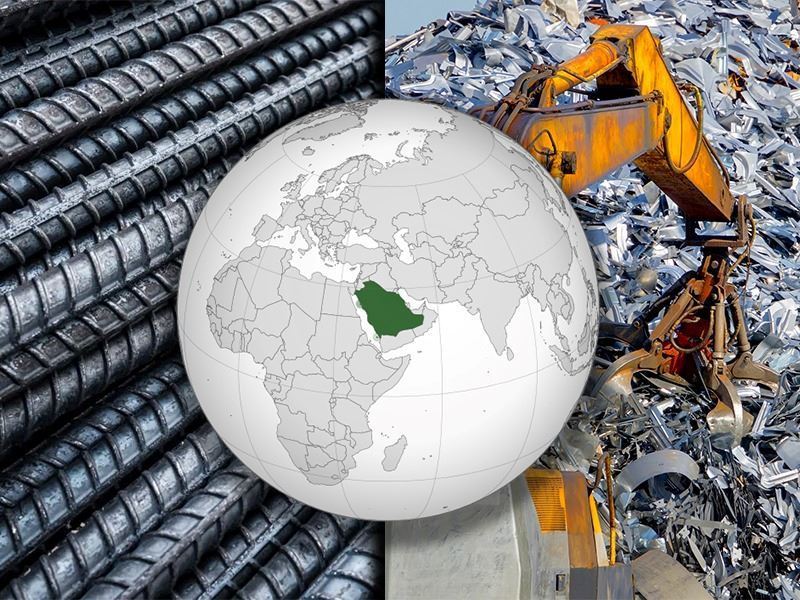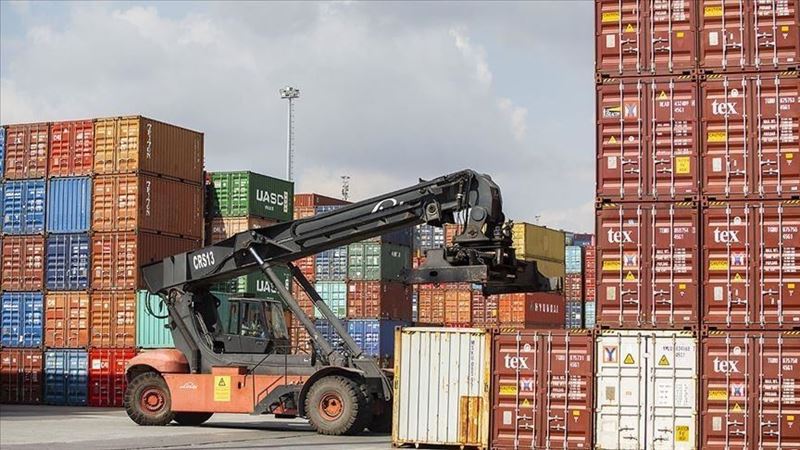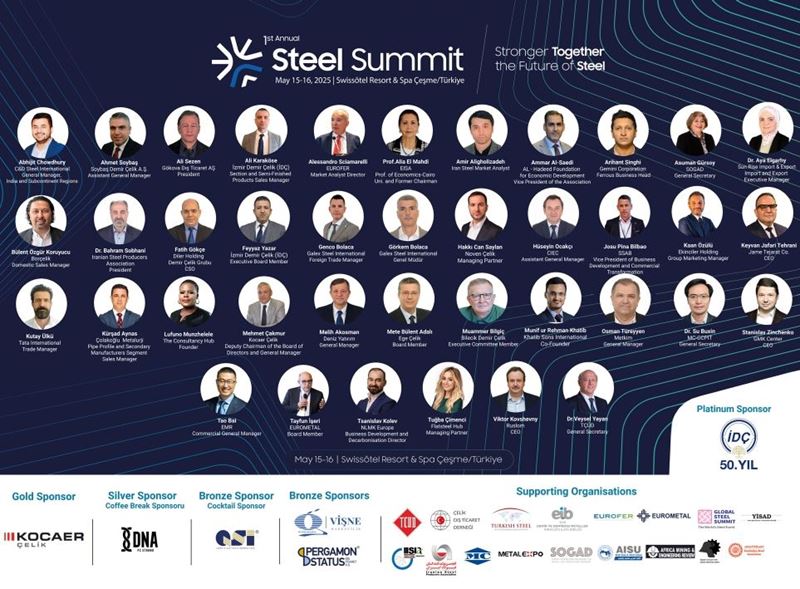In August 2024, Iran's steel industry faced significant disruptions due to widespread power outages, resulting in a notable production decline of nearly 10% compared to the same month in the previous year. This sharp drop in output not only underscores the vulnerabilities of the sector but also highlights the direct correlation between energy stability and industrial performance.
The statistics indicate that, despite a cumulative production increase of 1.9% over the first eight months of 2024, the August figures reveal a troubling trend. With steel production for that month plummeting to 1.4 million tons—a 9.9% decrease from August 2023—the industry clearly struggled to cope with the environmental and infrastructural pressures exacerbated by the extreme summer heat. Frequent power outages hindered operations in steel plants, showcasing the industry's reliance on a stable energy supply.
Interestingly, while the August figures present a stark challenge, Iran's overall steel production for 2024 reached 19.8 million tons, suggesting that the country had managed to perform reasonably well in the earlier months. This resilience points to a robust underlying capacity within the industry that can be further strengthened if energy supply issues are addressed.
Moreover, despite the setbacks in August, Iran retained its status as the world's tenth largest steel producer. This achievement reflects the country’s substantial industrial capabilities and potential for recovery. However, the continuing power instability poses a significant risk to Iran's competitive position in the global steel market, as reliability is a crucial factor for attracting investment and maintaining output.
Moving forward, the Iranian steel industry will need to prioritize energy solutions to mitigate the risks posed by outages. Investing in alternative energy sources or enhancing infrastructure could provide the necessary stability to sustain production levels and even capitalize on growth opportunities in a recovering global market.











Comments
No comment yet.